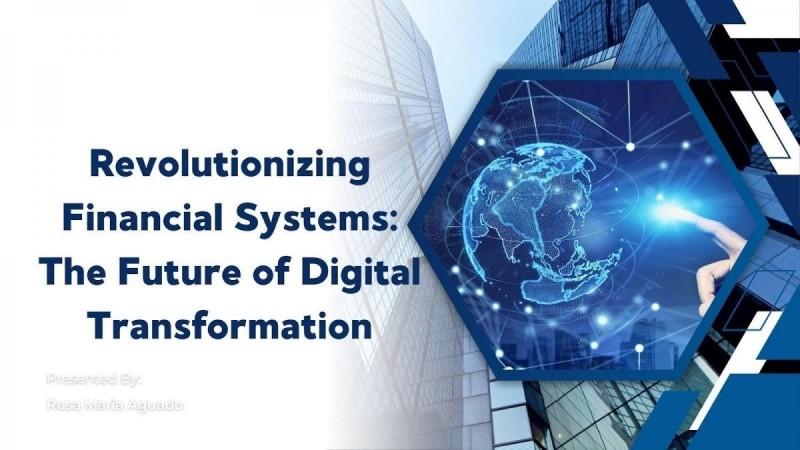
In an era of rapid technological evolution, financial institutions are striving to modernize their outdated systems to enhance efficiency, security, and customer experience. In his research, Sreenivasulu Gajula explores the transformation of legacy financial systems through three groundbreaking strategies: microservices, cloud migration, and API-first integration. His insights serve as a roadmap for institutions looking to navigate digital transformation while maintaining operational stability.
The Challenge of Legacy Systems
Legacy financial systems, often built decades ago, are monolithic and inflexible. They operate on obsolete programming languages and outdated infrastructure, making system upgrades expensive and complex. These systems demand substantial IT budgets, sometimes consuming up to 80% of maintenance costs, leaving little room for innovation.
Microservices: A Modular Approach to Innovation
One of the most effective ways to modernize legacy systems is through microservices architecture. Unlike traditional monolithic systems, microservices allow financial institutions to break down applications into smaller, independent components. Each service operates separately but communicates through well-defined APIs, ensuring greater flexibility and faster deployment of new features.
By adopting microservices, financial institutions can develop specific business capabilities independently, reducing downtime and improving system resilience. This modular approach also enhances security by isolating services, minimizing the risk of widespread system failures.
Cloud Migration: Unlocking Scalability and Efficiency
The shift to cloud computing is another crucial step in financial modernization. Cloud environments offer scalable, cost-efficient solutions that traditional on-premises systems cannot match. Migrating to the cloud enables institutions to optimize computing resources, enhance data security, and improve accessibility.
There are multiple pathways to cloud migration, including rehosting (lifting existing applications to the cloud), refactoring (modifying applications for cloud compatibility), and rebuilding (redesigning applications with cloud-native frameworks). Institutions must assess their risk tolerance, data sovereignty requirements, and regulatory compliance standards before selecting the most suitable approach. Cloud migration also demands robust governance frameworks to ensure smooth transitions and secure data management.
API-First Strategy: The Key to Seamless Integration
Financial institutions are increasingly adopting an API-first approach to connect their legacy systems with modern digital services. APIs act as intermediaries, allowing seamless communication between applications while maintaining security and efficiency. By prioritizing API development, financial institutions can enhance customer experiences through faster transactions, real-time data sharing, and integration with fintech solutions.
A well-structured API strategy involves clear governance policies, secure authentication mechanisms, and standardized design principles. Financial APIs must adhere to strict security protocols, including OAuth 2.0 authentication and encryption standards, to safeguard sensitive customer data. Additionally, API gateways help bridge the gap between old and new systems, ensuring smooth interoperability without overhauling the entire infrastructure.
Addressing Implementation Challenges
Despite the numerous benefits, modernizing financial systems presents challenges. Managing transition risks, ensuring business continuity, and maintaining compliance with regulatory requirements are top concerns. Organizations must adopt structured change management strategies, train employees on new technologies, and continuously monitor performance to mitigate risks.
Furthermore, cost management plays a crucial role in modernization efforts. Institutions must carefully allocate resources and measure the return on investment (ROI) to ensure long-term sustainability. Hybrid approaches, such as combining on-premises solutions with cloud-based services, can provide a balanced path to digital transformation.
The Future of Financial System Innovation
As financial services continue to evolve, institutions must embrace modernization not as a one-time project but as an ongoing strategy. The integration of microservices, cloud computing, and APIs will shape the future of digital banking, enabling institutions to enhance efficiency, security, and customer satisfaction.
In conclusion,Sreenivasulu Gajula's research highlights the importance of a structured approach to modernization, balancing innovation with operational stability. Financial institutions that invest in these technologies today will be better positioned to compete in the digital economy of tomorrow.














